Photo

Roman Youth on Horseback, 1st century CE. marble, height · 2.05 metres. British Museum, London
708 notes
·
View notes
Text
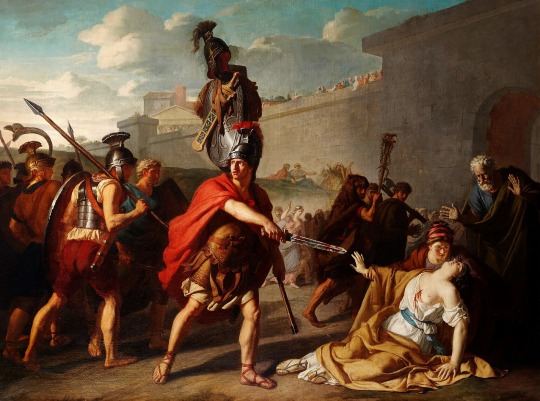
The Death of Camilla. Jean-Jacques-François Le Barbier (born in Rouen on 11 November 1738 – died in Paris on 7 May 1826 oil/canvas. Christie's Jan. 2023. http://hadrian6.tumblr.com
187 notes
·
View notes
Text

The Death of Lucretia. 1763-67. Gavin Hamilton Scottish 1723-1798. oil/canvas. Christie's May 2023. http://hadrian6.tumblr.com
212 notes
·
View notes
Text


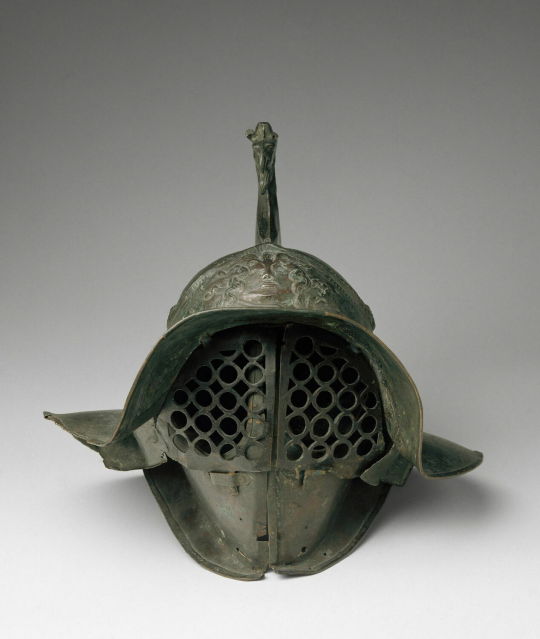
~ Gladiator Helmet.
Date: A.D. 50-75
Place of origin: Campania
Place of origin: Pompeii - 1767 (barracks of the Gladiators)
Medium: Bronze, silver
2K notes
·
View notes
Text

Roman magical nails
3rd-4th century CE
British Museum
London, July 2022
848 notes
·
View notes
Text

Roman Silver Goblet
4th century AD
With flaring mouth and slender silhouette, with a central band of repoussée floral decoration on the waisted body; the base with concave edged tongues above the knopped pedestal stem and conical foot.
H. 18.5 cm.
163 notes
·
View notes
Photo
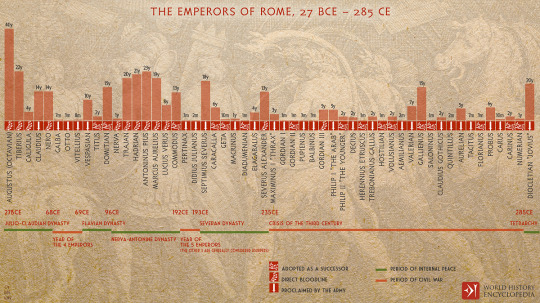
The Emperors of Rome, 27 BCE - 285 CE
An infographic depicting the timeline of the emperors of Rome from the ascension of Caesar Augustus (Octavian) in 27 BCE until the end of the Crisis of the Third Century and the onset of the Tetrarchy under Diocletian “Jovius” in 285 CE through war, peace, crisis of succession and power vacancies.
Image by Simeon Netchev
101 notes
·
View notes
Text

‘Extremely Rare’ Roman Temple Discovered in Italy
Sarsina is a sleepy, rural town of barely 3,000 residents straddling the pristine Apennine mountains in Italy’s Emilia Romagna region, surrounded by stunning views and grazing sheep.
While it has a glorious past, as a strategic defensive outpost for the Roman Empire and the birthplace of the famed playwright Plautus, today there’s not much to do beyond hiking and birdwatching.
And though both locals and holidaymakers would agree that a rustic, slow-paced lifestyle is part of Sarsina’s charm, its residents were nonetheless excitedly awaiting the construction of a development including a new supermarket, fitness center and playground. But it was not meant to be — at least, not as originally planned.
That’s because workers at the site on the outskirts of town in December 2022 unearthed the ruins of an ancient Roman temple — or ‘capitolium’ — dating back to the first century BC.
In early July, a first look at the underground treasure came to light: a single imposing structure of horizontal sandstone blocks and marble slabs, 577 square meters wide, which researchers have identified as the podium above which the columns and walls of an ancient temple were built.
And what has come out of the ground so far could be just the tip of the iceberg.

“We have unearthed three separate rooms, likely dedicated to the triad of gods Jupiter, Juno and Minerva,” lead archaeologist at the excavation site Romina Pirraglia said. “The excavations are still underway… and we have already identified an older, deeper layer of ruins dating back to the 4th century BC, when the Umbrian people (an ancient Italic tribe who predated the Romans) lived in the area. The entire temple could be even larger than what we now see.”
According to Pirraglia, the discovery of a capitolium — the main temple in an important Roman city, and a hub for trade as well as religious and social interactions — further confirms the strategic role Sarsina played during the Roman Empire. The town was built in a key mountainous area close to the Tuscan border and overlooking the Savio river, an important waterway connecting central and northern Roman cities.
The discovery of the temple has pushed local authorities to revise their building plans. Federica Gonzato, superintendent of archaeology, fine arts and landscape for the provinces of Ravenna, Rimini and Forlì-Cesena, which includes Sarsina, is adamant in wanting to preserve the ruins and further research its great past.
“We will not tear it down to make room for modern structures, this must be very clear. Previous urban plans will be changed, we will find new construction sites for recreation and sports,” Gonzato said. “The temple is an incredible finding that sheds light on how ancient Roman towns rose and fell across time.”
What makes the discovery exceptional is the temple’s unique state of preservation. “The marvelous quality of the stones have been spared from sacks, enemy invasions and plunders across millennia thanks to the remote location of Sarsina, a quiet spot distant from larger cities,” Gonzato added. “Temples such as this one (were) regularly plundered, exploited as quarries with stones and marble slabs taken away to be re-used to build new homes. But Sarsina’s capitolium podium structure is practically untouched, with its entrance staircase well-preserved, and this is extremely rare.”

Gonzato believes the discovery will further research on demography and urban transformations in ancient times. And there’s more to the site than just the temple’s podium. Pirraglia said there are signs that the building was reused in medieval times. An ancient water drainage system was found alongside medieval tombs and hearths indicating that locals likely inhabited it, or used the site for other social purposes.
“This is the beauty of Italy: wherever you dig, some hidden treasure comes out of the ground. Wonders never cease to amaze us,” said Gonzato.
By Silvia Marchetti.
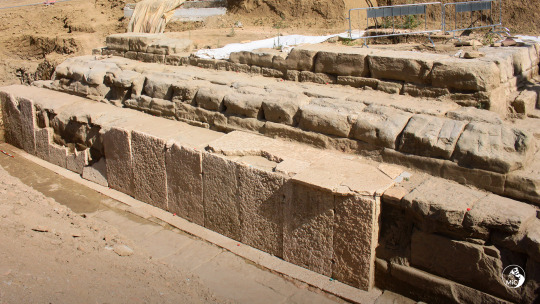

274 notes
·
View notes
Text
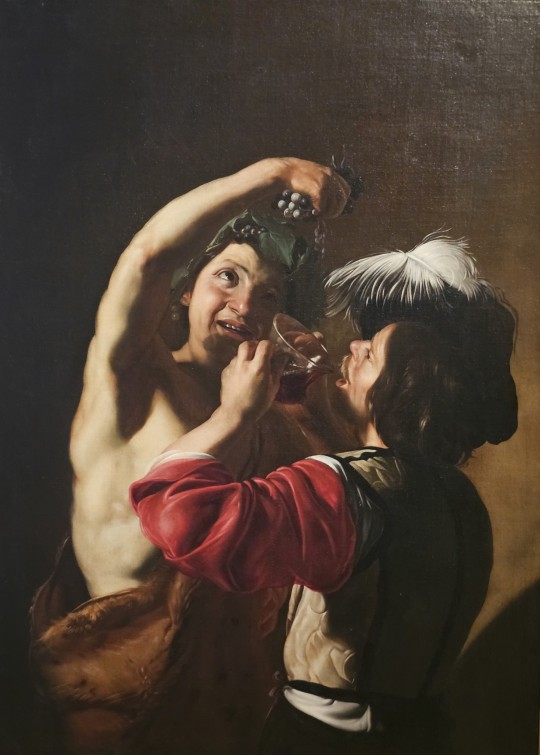
Bacchus and a Drinker; by Italian artist Bartolomeo Manfredi, 1621 | Held in the Palazzo Barberini
#painting#italian art#italian painting#bartolomeo manfredi#caravaggesque#caravaggism#bacchus#dionysus#17th century painting#17th century art#roman god
22 notes
·
View notes
Text


Male Head from a Pediment Statue, perhaps of Dionysus/Bacchus; late 4th - early 3rd c BCE, terracotta | Found in the Auguratorium on the Palatine hill | Held in the Palatine Museum
#ancient art#unfortunately unknown if roman or greek or even etruscan#roman art#ancient greek art#etruscan art#?#roman terracotta#auguratorium#palatine museum#roman relief#dionysus
137 notes
·
View notes
Text
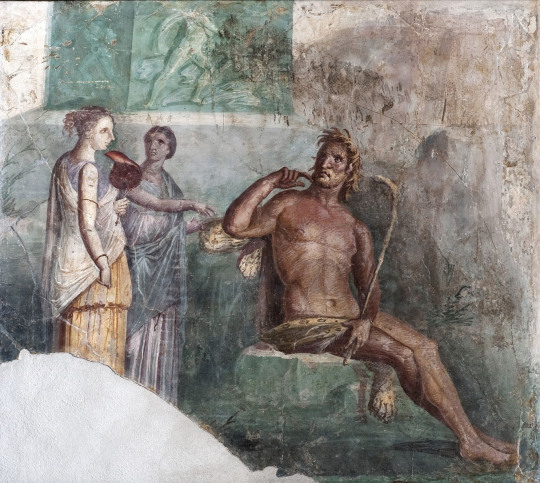
~ Polyphemus and Galatea: Fresco of the Fourth style from Pompeii or Herculaneum.
Date: A.D. 45-79
Provinience: Naples, National Archaeological Museum, Hall LXIX (Napoli, Museo archeologico nazionale, Sala LXIX); Pompeii, Archaeological Park, Herculaneum, Archaeological Park.
551 notes
·
View notes
Text
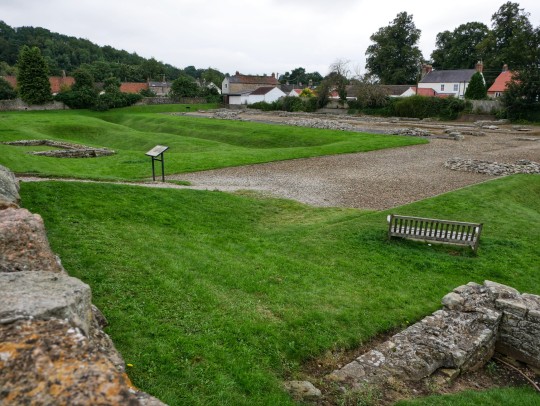




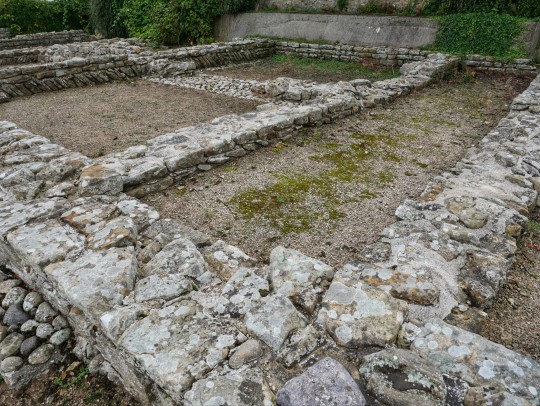
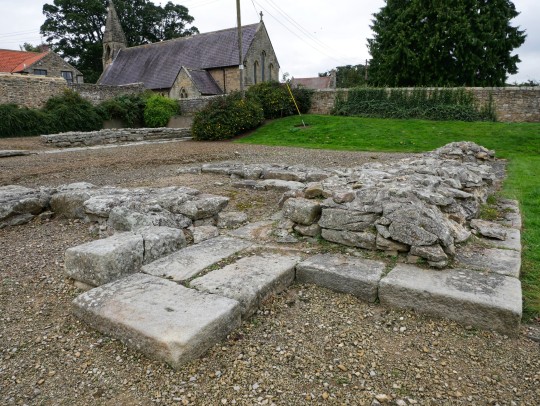
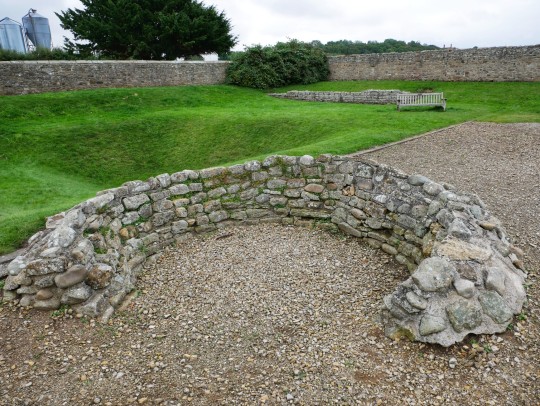
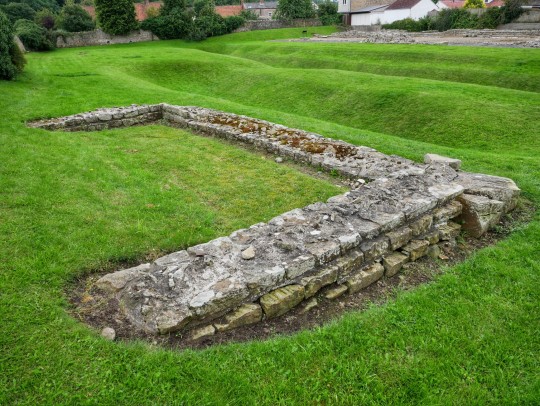
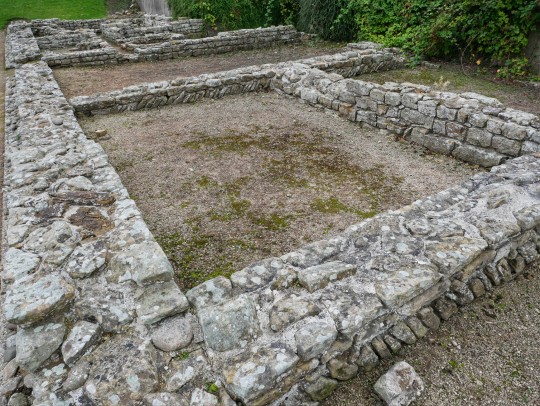
Piercebridge Roman Fort, Piercebridge, Darlington, County Durham
71 notes
·
View notes
Text

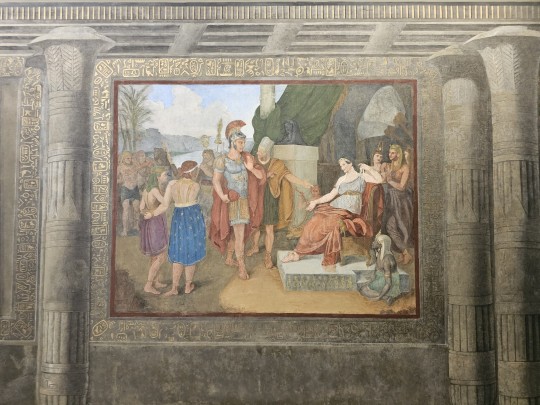
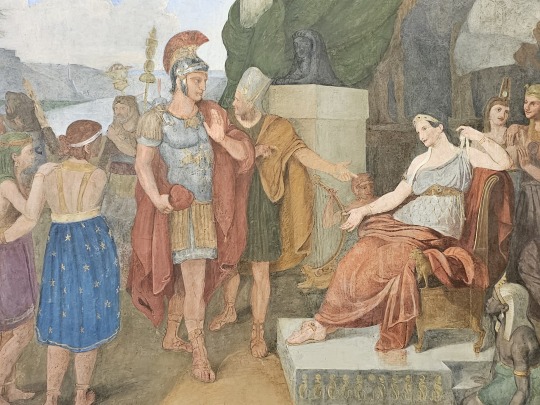

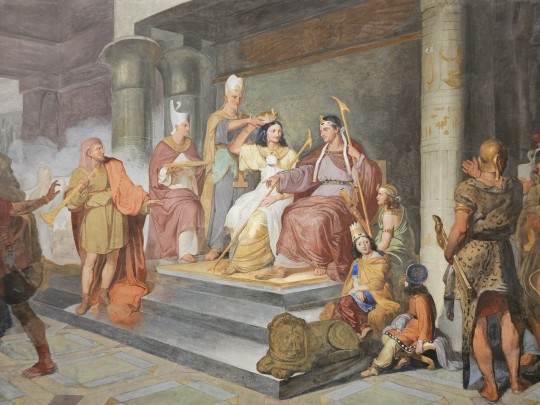
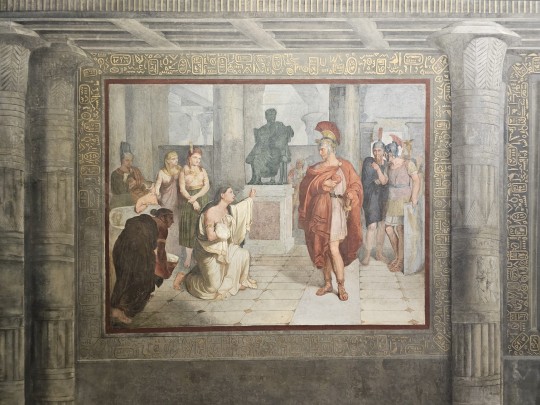
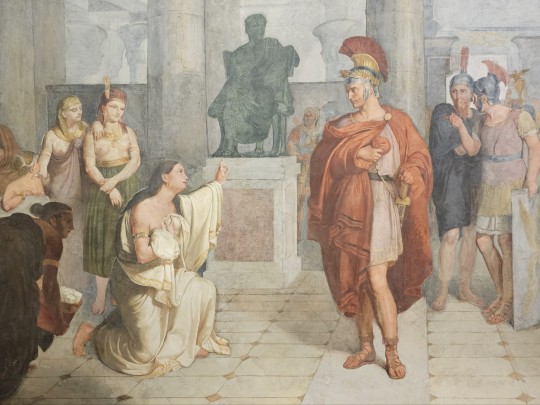

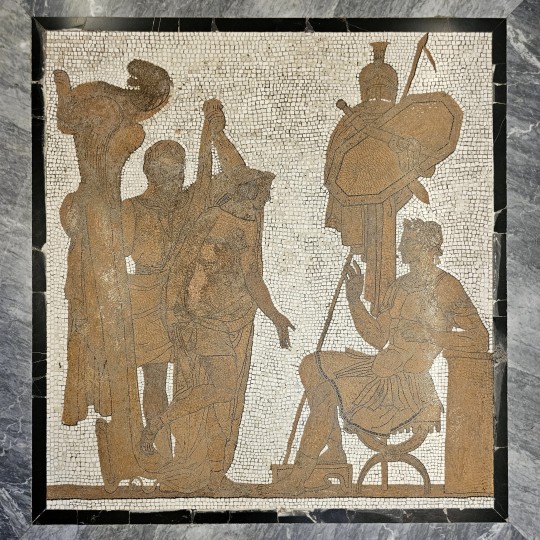
Egyptian Room of the Villa Torlonia with Frescoes and Mosaics of Cleopatra and Antony | frescoes by Italian artist Luigi Fioroni, 19th century | Floor in white marble and bardiglio
#mark antony#cleopatra#mark antony and cleopatra#neoclassical art#neoclassical fresco#neoclassical painting#villa torlonia#roman egypt
24 notes
·
View notes
Text
Fifty years ago, a stalactite with an incomplete inscription in ink, written in ancient Hebrew characteristic of the First Temple period, was found in a small cave very high on the cliffs over the Dead Sea, north of the Ein Gedi oasis. Now in the present day, four extremely well-preserved Roman swords have been found in the same cave by researchers revisiting it to further study the inscription.
The cache of ancient weaponry had been shoved into a deep crevice about 1,900 years ago, the Israel Antiquities Authority announced on Wednesday. Such blades were standard issue to Roman soldiers and were most likely somehow obtained by the Judean rebels and hidden in the cave for later use, the researchers suggest.

180 notes
·
View notes
Text
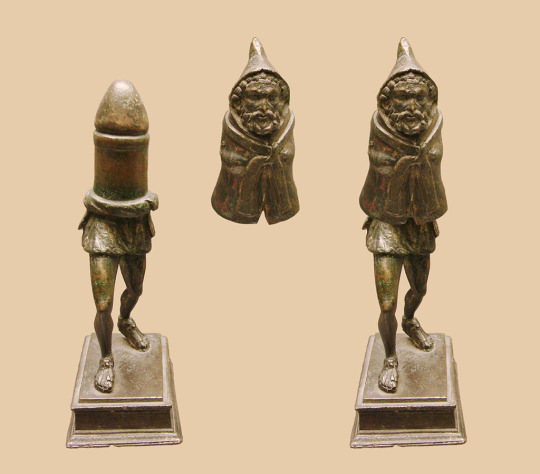
742 notes
·
View notes
Text


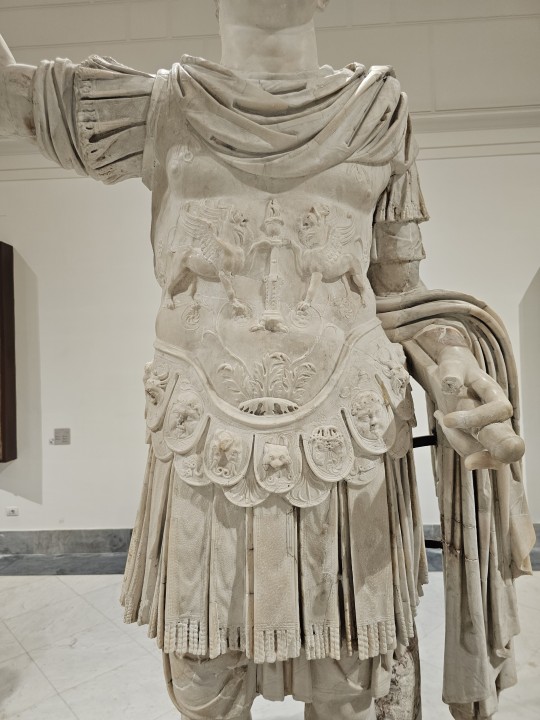

Statue of Emperor Titus (r. 79-81 CE); Roman, marble | Found in the Augusteum of Herculaneum | Held in the National Archaeological Museum of Naples
13 notes
·
View notes
Text

The 2nd century CE Roman Barbegal watermill complex, a unique cluster of 16 waterwheels in southern France, was the first known attempt in Europe to set up an industrial-scale complex of machines. The mills had an estimated production capacity of 25 tonnes of flour per day
Blog
3K notes
·
View notes